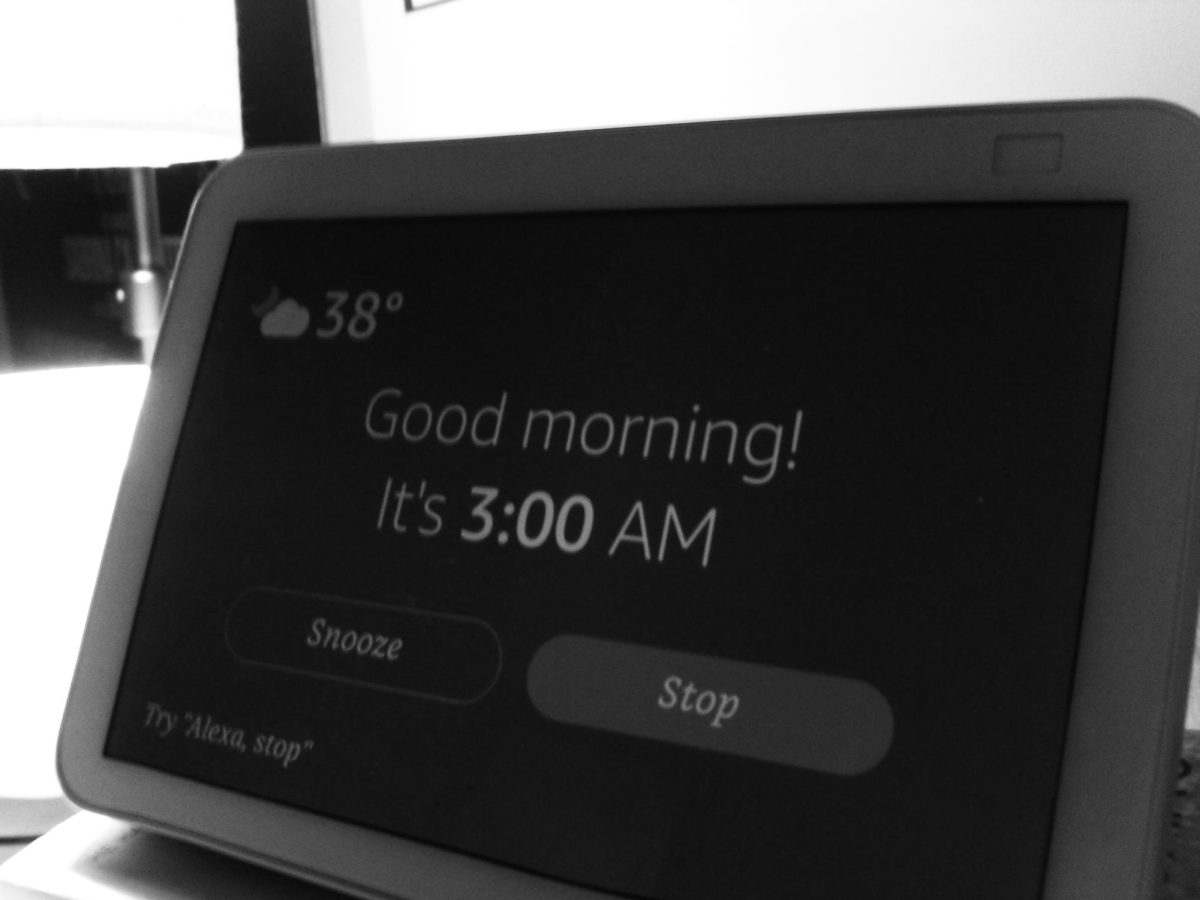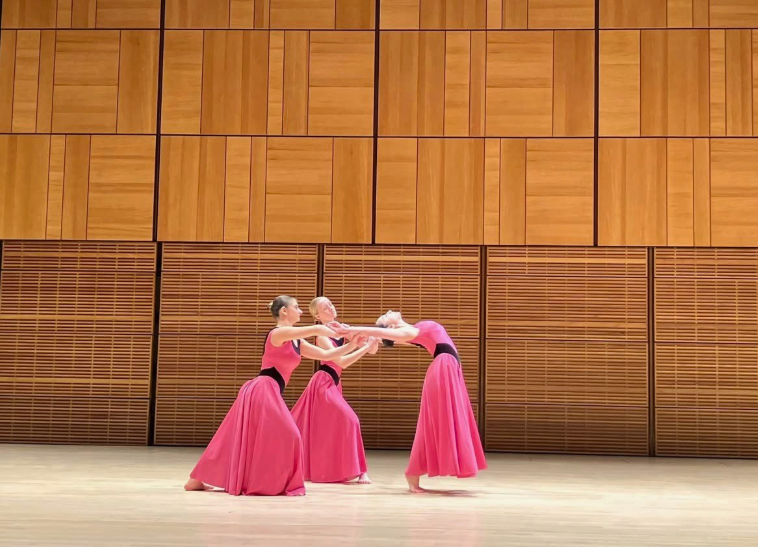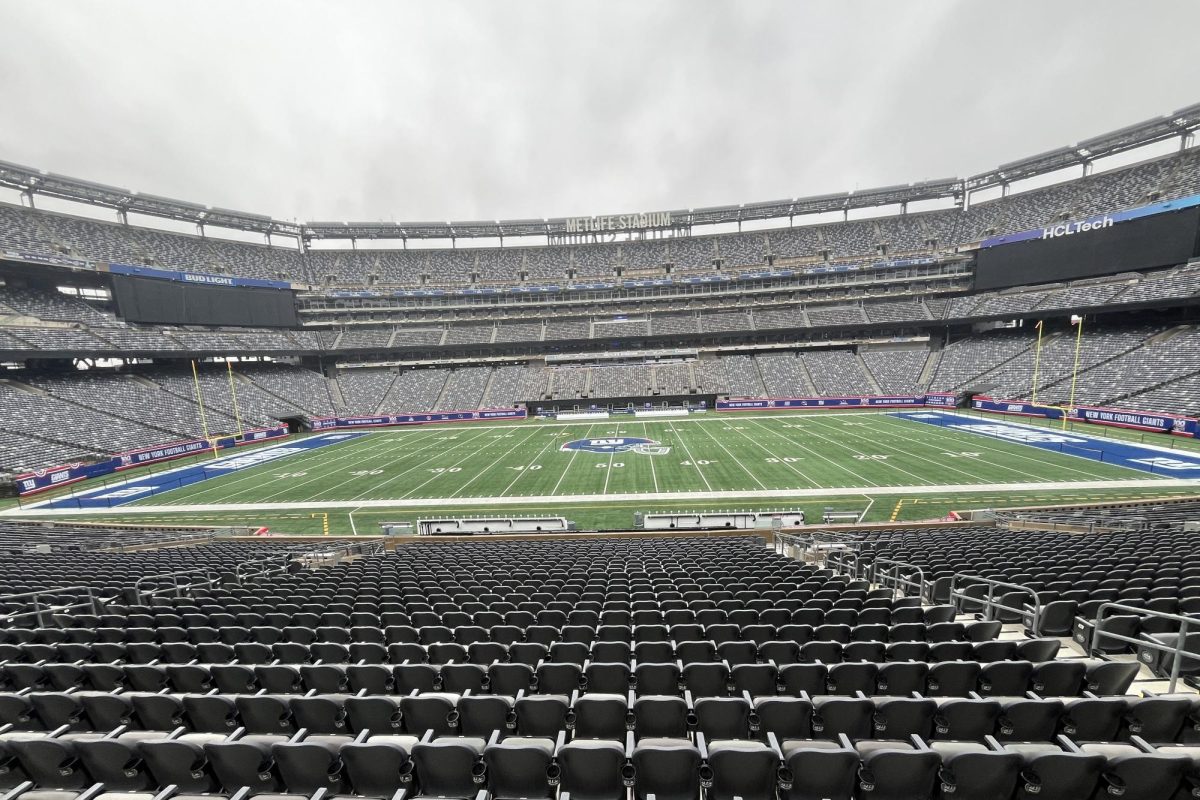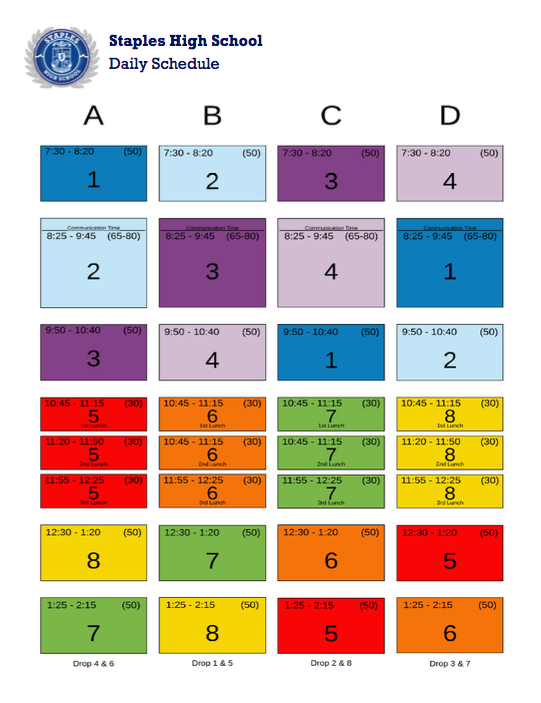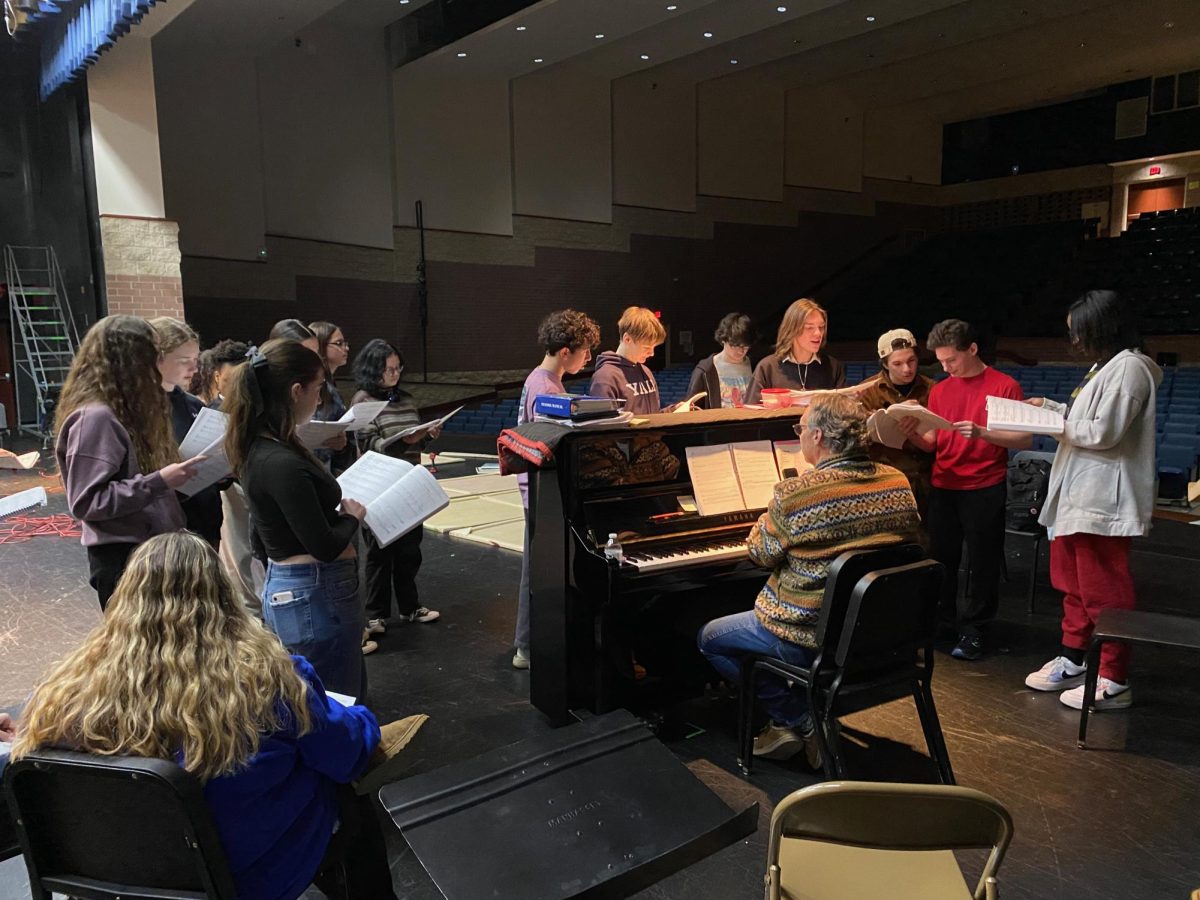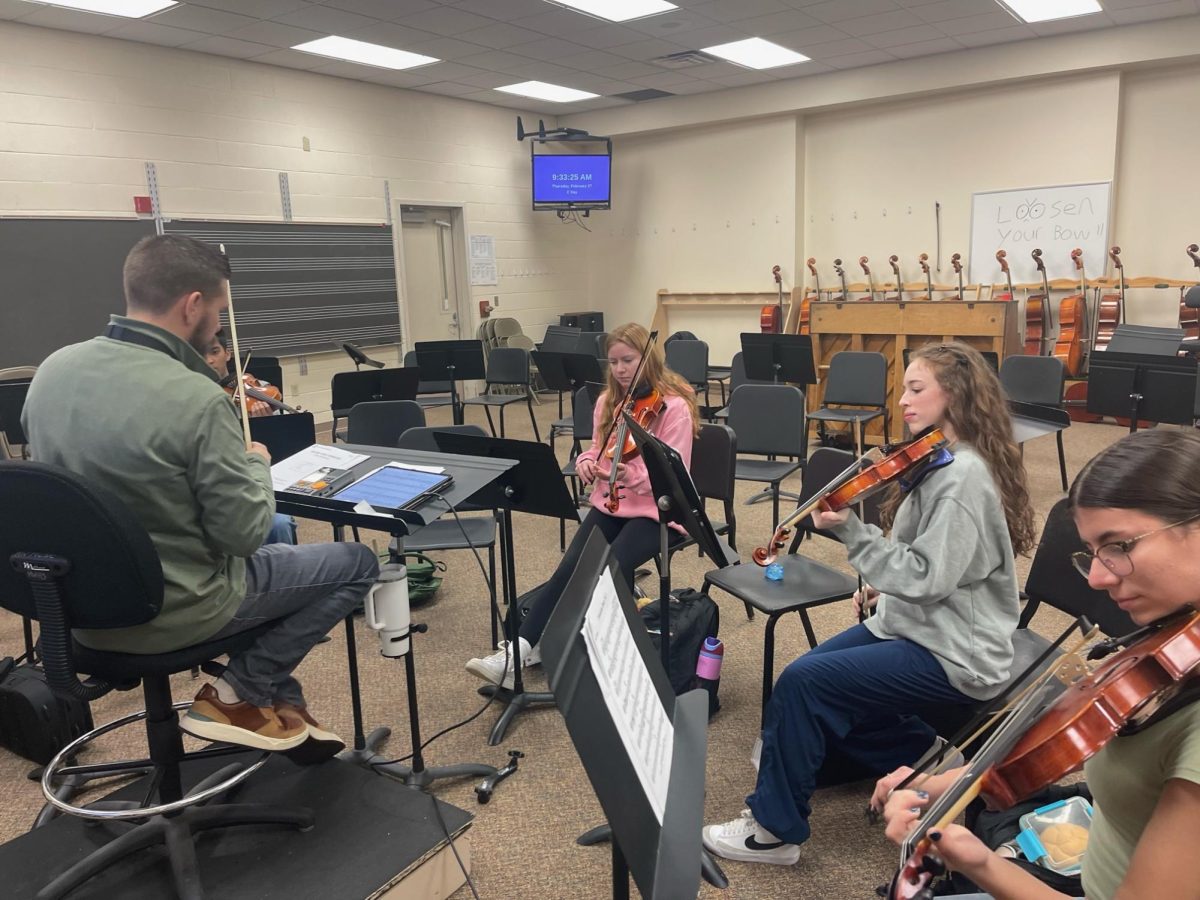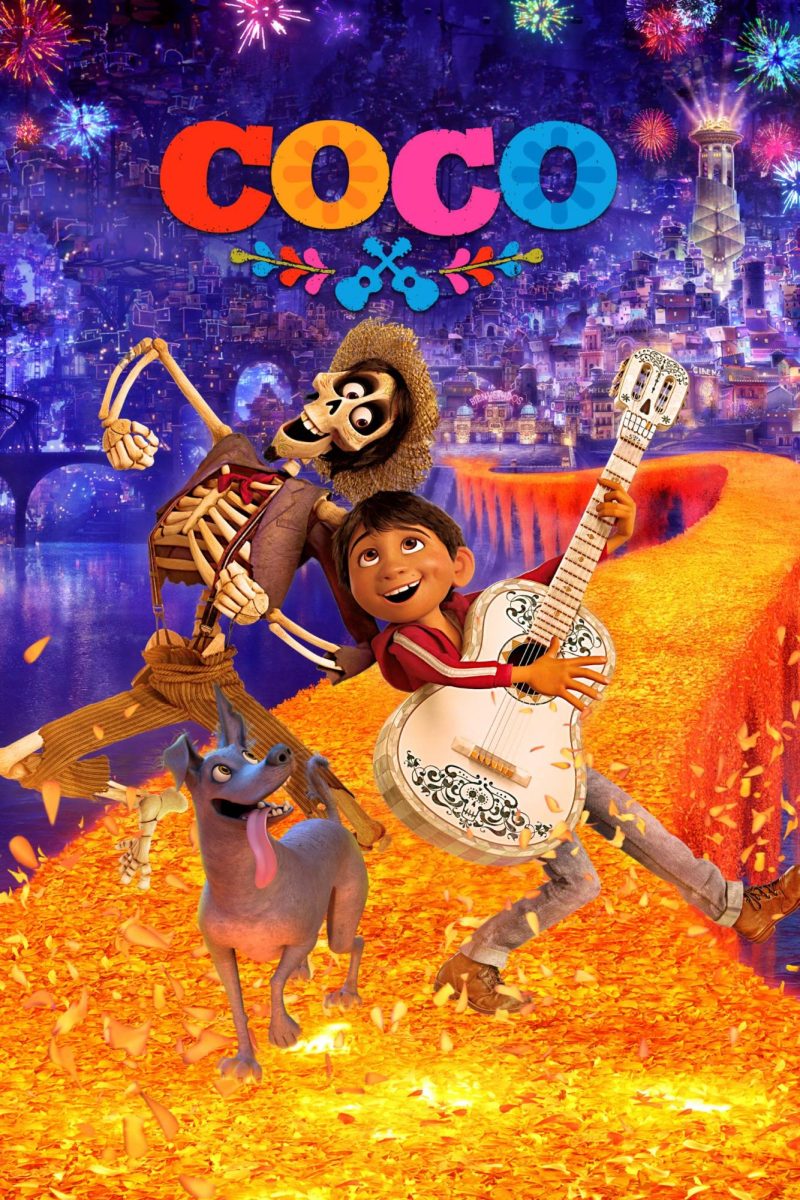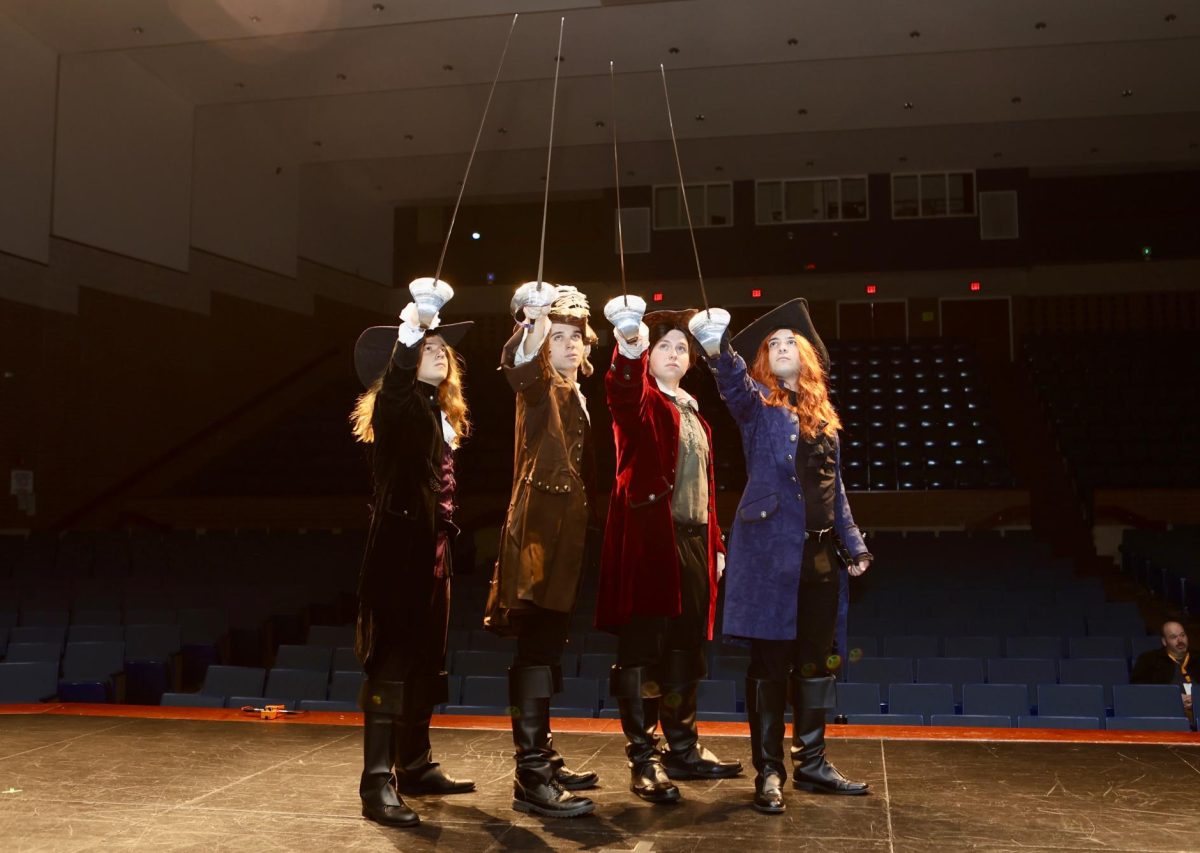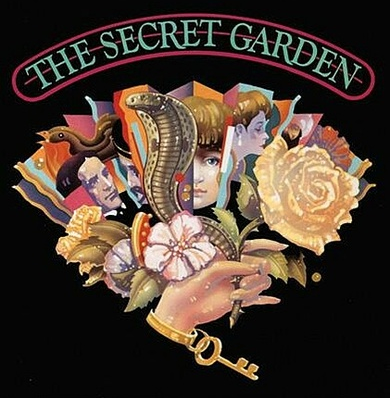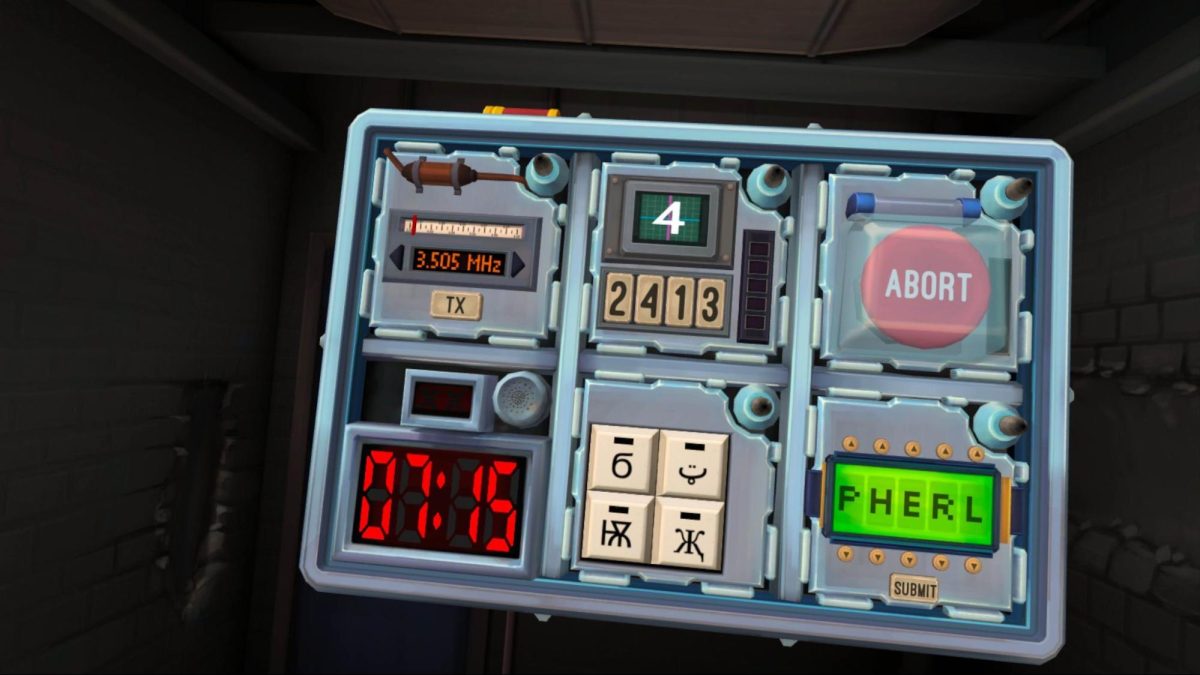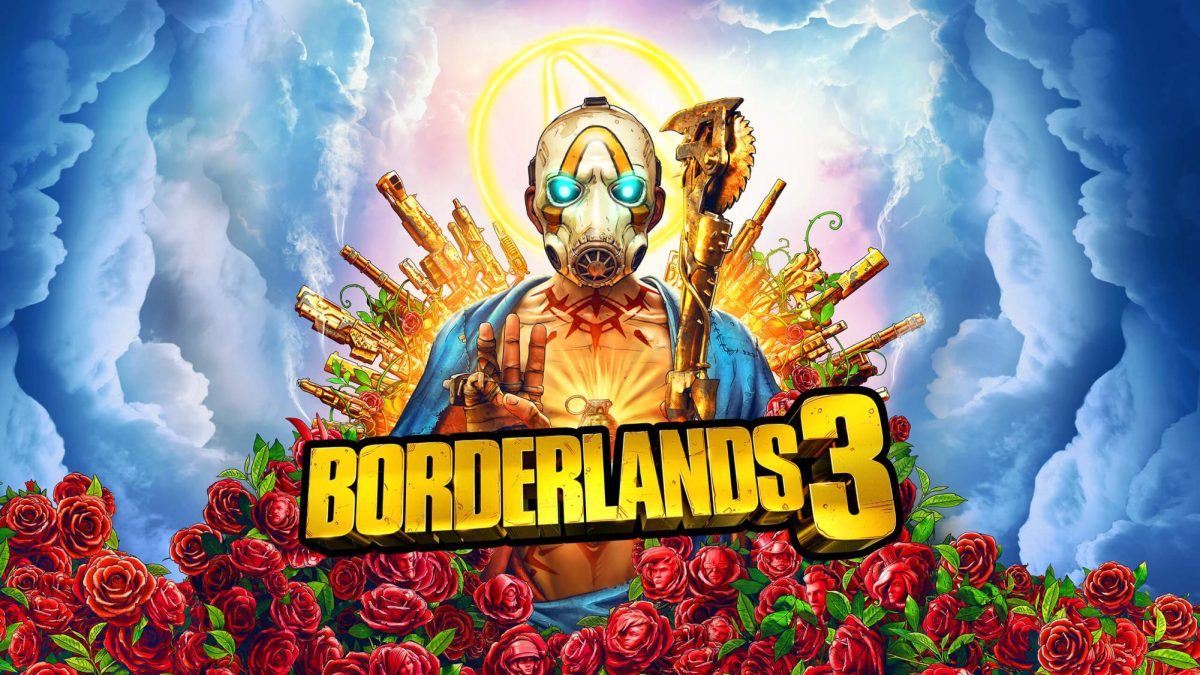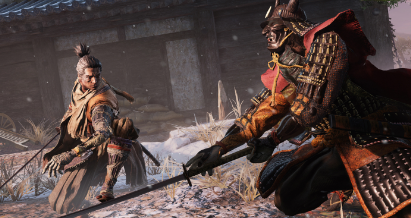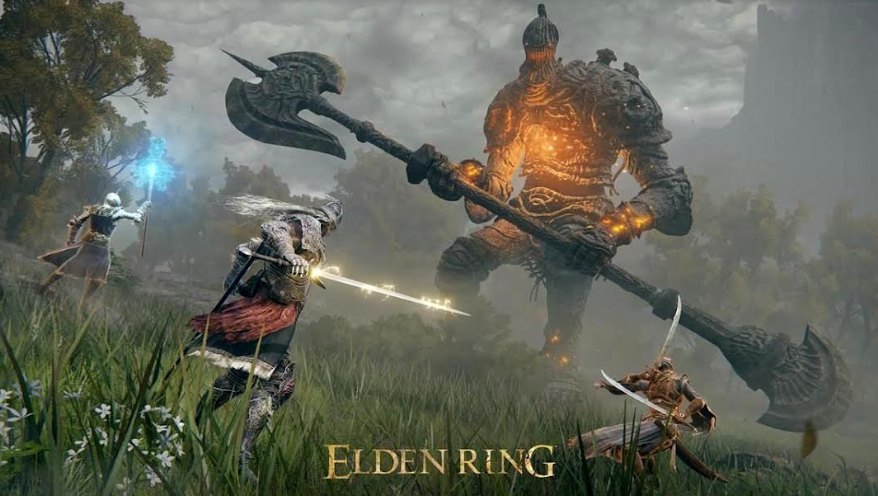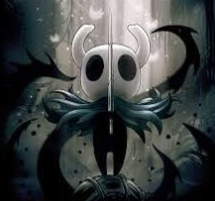Review: “Dead Cells” Delivers Thrills and Frustration
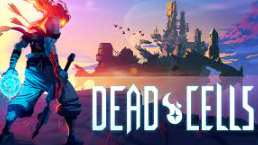
January 11, 2024
“Dead Cells” is a procedurally-generated roguelike created by indie studio Motion Twin, where fights and death are what make the game so amusing!
In “Dead Cells,” you play as a parasite that has taken the body of a beheaded prisoner. You wake up in a prison cell with an ax on a cutting block and a pile of bodies that all look exactly like you. From there, the game gives you a quick tutorial where you meet the Collector.
You always start off in the prison, but you can choose to go to the Toxic Sewers, the Promenade of the Condemned, or the Dilapidated Arboretum. And from those stems out even more choices and places to go to. There are typically three exits to any area, and after getting through a few areas, you will reach a boss.
The Collector is a very important NPC (nonplayer character) in the game because he is one of your main sources of upgrading your character. You can collect blueprints of items or powers from defeating enemies which you can bring to the Collector. He can be found in the safe room in between two areas. You have to successfully deliver blueprints to him in order to have them available at his shop for purchase.
You can buy powers and items using cells as currency. You get cells from killing enemies, and you can also save and protect them through multiple areas for when you beat a boss. Then, you have a chance to upgrade the forge. Upgrading your forge will increase your chance of getting better items with extra passive effects, and this bonus is permanent.
But if you die, you will also lose any cells and blueprints you have. I have had many heartbreaking moments where I find a rare blueprint only to be killed by a rat and lose it. I saw it a moment too late, and I’m still mad about it.
Rats are only one of the many enemies the game throws at you. Enemies can range from insect-like creatures to eldritch beings that can take away your entire health bar just by stepping near you. Thankfully, you can’t be instantly killed in this game due to its one-hit protection feature. So, any deathblow dealt to you will always leave you at one health, rather than immediately killing you. But that alone won’t save you, but the game has many ways to defend yourself from its many dangers.
The most notable defensive action is the roll. Rolling gives you temporary invulnerability, as well as allowing you to pass through enemies or moving hazards. This is the most important form of dodging since it is always available regardless of your inventory.
My favorite way of avoiding damage is to parry the damage with a shield. All shields are capable of two things: parrying and blocking. Blocking will only reduce some damage (with the exception of the Barrier Shield that can create a force field for a few seconds when in use), and parrying will not only negate all damage, but it will also deal damage and perform a special offensive effect that depends on the shield.
A final important feature for healing and damage are the rally points. Your rally points are the part of your health bar that becomes orange when you’re hit. If you are able to hit an enemy before that part disappears, you will get some health you lost back. And if you’re desperately in need of health, you can always take a drink of your health flask.
If that’s not enough, you can also increase your maximum health by leveling up your stats.
You have three stats in this game: Brutality (red), Tactics (purple), and Survival (green). You can raise these stats by finding upgrade scrolls around the levels, this makes exploring all your levels important. Any items you pick up will have one or two of a stat color on them. Leveling up stats will increase the damage of your weapons.
However as you continue to grow a stat, the amount of health you gain per level will reduce dramatically. This can make spreading out your stats evenly look appealing, but if you want to maximize your damage you should focus on one color.
For multicolor items, only the highest stat will boost the item. For example, the Hard Light Sword and Blaster combination scales with Brutality and Tactics. So if you have six Brutality and nine Tactics, only the nine Tactics will affect the weapon, and the six brutality will do nothing.
A nice thing is when you find an item, it has a chance to be colorless. This means it will always be boosted by your highest stat, no matter what it is. This addition encourages experimentation and adding variety to your gameplay. I really like the addition of colorless weapons because I typically find myself only using Survival items. But if I find a colorless item from another category, I can play around with it without being negatively affected.
Your stats will also affect your mutation levels. Mutations are upgrades to your character that can be selected in the same safe room that the Collector is found in. Mutations vary but are usually used to aid whichever stat you leveled up the most. For example, Combo is a Brutality-scaling mutation which increases your damage stat, if you’ve killed an enemy less than 8 seconds ago. Point Blank is for tactics by increasing ranged damage, if you’re close to an enemy. And Blind Faith is survival-based that reduces the cooldown of your skills by a few seconds on a successful parry.
Skills are extremely varied in this game and are completely different from one another. They have three main categories: powers, traps, and grenades. Powers give you new abilities and energies, traps are stationary abilities you have to remain stagnant in order keep them active, and grenades are throwable items with various effects. Skills are extremely fun to play with and really succeed in what they were made for, and make you both insanely powerful and feel cool doing it! All of these amazing features are available in every area as well.
I could go on and on about the game’s attributes, but so much fun of the game is the discovery of it and adapting to its rules and features. “Dead Cells” is in the game’s name for a reason, dying is part of the fun.
There is one major shortcoming that needs to be addressed. Many of the games’ items and areas are locked behind DLCs (which are additional content you need to purchase separately and download). I understand that the people who make the game need to make money somehow, and the DLCs are great. I’ve played them, and they’re well-made and extensive and add so much to the game.
But in total, getting the game and all its DLCs ends up costing $41.48, without tax. That’s a pretty fair price since most games nowadays cost around $60 due to DLCs, but it still can be pretty annoying when you get a game and find out that most of the content is locked behind a paywall.
Despite this, the game is still pretty fun, and I give it a 7/10. It’s available on nearly every platform (mobile included) and set at a price point of $24.99 on most consoles and $8.99 on mobile, without including DLCs. This game is a great pick for those who enjoy playing quick runs over and over, or if you just want another game to be able to play when you’re bored.




